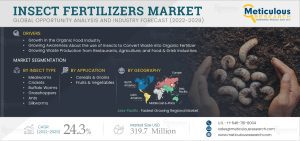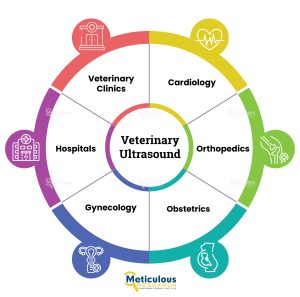
The Cell Culture Reagents Market is expected to reach $11.04 billion by 2029, at a CAGR of 12.8% from 2022 to 2029.
The global incidence of cancer is on the rise, primarily due to lifestyle changes and environmental factors, making it a significant health concern worldwide. According to GLOBOCAN, the estimated number of new cancer cases is projected to surge from 19,292,789 in 2020 to approximately 24,044,406 by 2030. This alarming increase underscores the urgent need for extensive research into the biological processes underlying cancer development, growth, and metastasis. Such research not only facilitates the prevention, early diagnosis, and treatment of cancer but also aids in advancing prior discoveries.
Download Sample Copy: https://www.meticulousresearch.com/download-sample-report/cp_id=5322
Central to cancer research is cell culture, which involves growing cancer cells in various culture environments. This method allows researchers to analyze how different chemicals and conditions affect cancerous cells, providing critical insights into potential treatment options.
Funding for cancer research significantly influences the growth of the cell culture reagents market. The National Cancer Institute (NCI) in the United States, for example, has a comprehensive cancer research portfolio that spans from fundamental science to survivorship. According to its Annual Plan & Budget Proposal for Fiscal Year 2023, the NCI plans to increase its Research Project Grants from USD 3.1 billion in 2022 to USD 4.2 billion by 2025, showcasing a strong commitment to advancing cancer research.
In addition to cancer research, stem cells and cell lines are being increasingly utilized for functional restoration of damaged tissues through tissue engineering. The unique properties of stem cells, including their ability for indefinite self-renewal and differentiation into various cell types, make them ideal for research. Current donations of tissues and organs fall short of meeting the transplantation demands of patients due to the limited availability and the need for versatile cell types. Thus, animal cell culture is emerging as a promising solution for repairing tissue and organ anomalies caused by congenital defects, diseases, or aging. Notably, embryonic stem cells (ESCs) can differentiate into over 200 cell types, offering potential treatments for a wide range of diseases due to their pluripotency.
In the realm of cardiovascular diseases, biomedical therapeutics derived from ESCs can help restore heart function. Regeneration of cardiac tissue can be achieved through ESC-derived cardiovascular progenitors and bone marrow-derived mononuclear cells (BMDMNCs). Other stem cell types, including mesenchymal, umbilical cord, induced pluripotent, and bone marrow stem cells, are also being explored for their applications in regenerative medicine. The past few decades have seen a surge in regenerative medicine initiatives in countries such as China, the United States, Europe, Japan, and Singapore, highlighting the expanding role of stem cells in addressing structural or functional injuries through their inherent regenerative capabilities.
Get Customized Report: https://www.meticulousresearch.com/request-customization/cp_id=5322
Moreover, funding initiatives to support stem cell research are anticipated to drive the demand for cell culture products further. For example, the Morrison Government in Australia has allocated USD 25 million in grants over five years (2021–22) to boost stem cell research. This funding will be divided into two streams: up to USD 15 million for developing novel stem cell-based treatments and up to USD 10 million for large-scale projects focusing on preclinical evaluation and treatment screening. This comprehensive approach involves using human tissues derived from stem cells and multidisciplinary teams to enhance research outcomes.
As a result of these ongoing cancer and stem cell research initiatives, the global cell culture reagents market is projected to experience significant growth, with an expected compound annual growth rate (CAGR) of 12.8%, reaching approximately $11.04 billion by 2029, according to Meticulous Research®.
Contact:
Mr. Khushal Bombe
Meticulous Market Research Inc.
1267 Willis St, Ste 200 Redding,
California, 96001, U.S.
USA: +1-646-781-8004
Europe : +44-203-868-8738
APAC: +91 744-7780008
Email- sales@meticulousresearch.com
Visit Our Website: https://www.meticulousresearch.com/
Connect with us on LinkedIn- https://www.linkedin.com/company/meticulous-research







